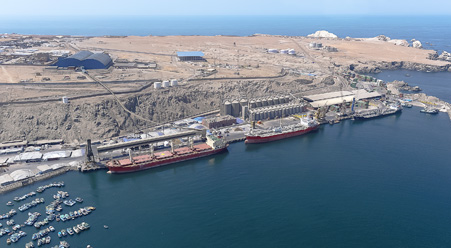The dialectics of society and space
Society in space or space in society
“To what degree do spatial patterns determine social relations?” (Collinge 2005)1. Regarding this issue and its problematic I could argue that this socio-spatial duality may present a dynamic behavior, and thus influence the approaches to address and plan its operation.
Each of these two elements could face unexpected changing material conditions of equivalent or assimetric structure that influence the shaping of the other. These conditions are not only framed by the given “historical ensemble” that is shaping space under the influence of society, as Castells sugest, but it operates in the opposite direction as well from space to society.
Moreover, the realization of either social or spatial aspect surely depends of the economic circumstances or non-linear (turbulent) flow of capital in the spatial dimension of distance and access; and in the social dimension of social interactions. Therefore the ackowledge of “the spatiality of social relations” (Collinge 2005) can be complemented by the study of the sociality of spatial relations of production.

Figura. Puerto de Matarani, Arequipa (Fuente: https://www.ositran.gob.pe/anterior/puertos/terminal-portuario-de-matarani/)
Scale
Collinge (2005) explores the relationship between society and space by employing the concept of scale. In its own words the scale analysis uses “a framework of spatial categories to illuminate social change”. The dynamic character of this relationship is thus implicit. What does this framework inspires is its employ on the particular geographic and administrative levels of peruvian territorial operation.
It may highlight the underlying mechanisms that operate between spaces at the local mining site, passing across processing and logistic networks at regional, national and global scales and through its particular fiscal, environmental and financial schemes that support and ease the functioning of the multiscale system.
Planning
Is the attempt to plan this complex adaptive system possible? This global transformation is operating in spaces where planning and norms are followed in different degrees of compilance. In these cases the agency of institutions and individuals at each level, is relevant in the operation of the system as cooperation and auto-organization are regarded to produce emergent decentralized features appearing across the space influencing itself the circulation of capital through space and society.
The nature of these self-generating human spaces allow to influence this dimension via adaptive planning in order to provide resilient, afordable and inclusive attributes compatible to the needs of citizens, municipalities and businesses. It is not a control strategy but one that recognize agency as a result of learning from market competition (Hayek).
References
-
Collinge C. 2005. The differance between society and space: nested scales and the returns of spatial fetishism. Environment and Planning D: Society and Space 23: 189-206. ↩